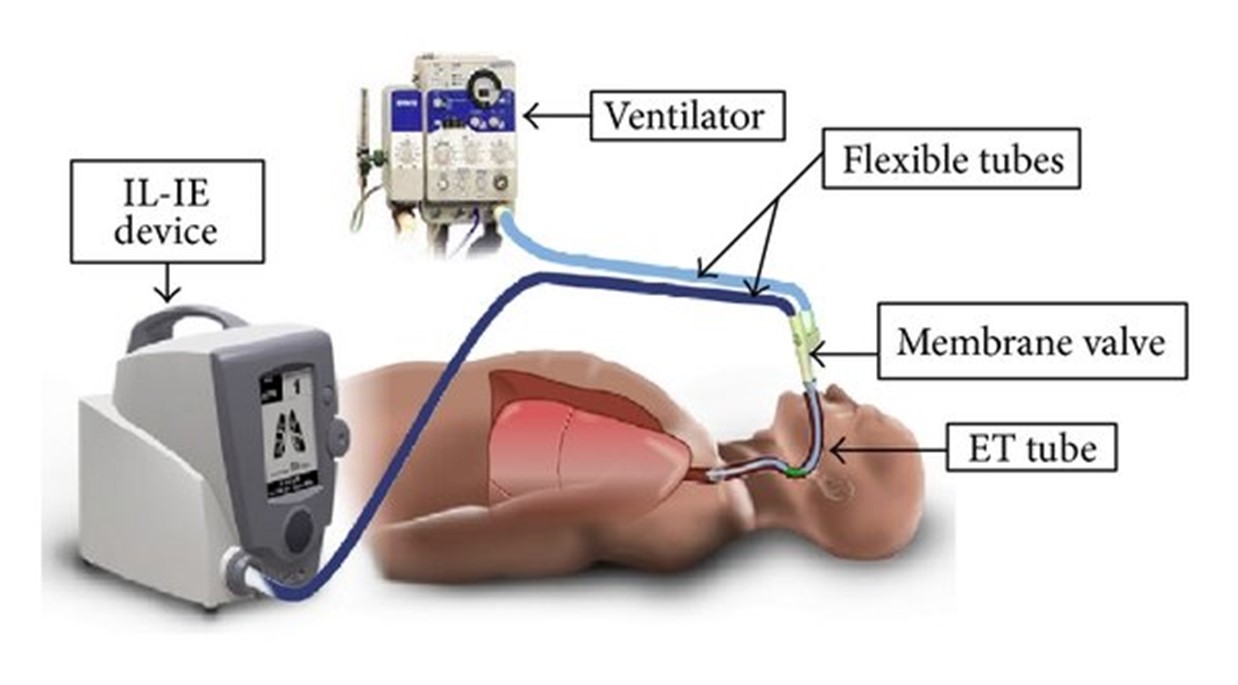Which of the following is the most accurate assessment of tissue perfusion in a patient in shock?
Pupil response, pulse pressure, urine output.
Level of consciousness, urine output, lactate level
Blood pressure, pulse, respirations.
Breath sounds, heart rate, pupil response
The Correct Answer is B
Assessing tissue perfusion is crucial in evaluating the adequacy of oxygen and nutrient delivery to the body's tissues. While multiple factors contribute to tissue perfusion, the options provided in choice B are key indicators:
Level of consciousness: Altered mental status or changes in the patient's level of consciousness can be a sign of impaired cerebral perfusion, which reflects overall tissue perfusion.
Urine output: Monitoring urine output provides information about renal perfusion and kidney function. Decreased urine output can be indicative of inadequate tissue perfusion.
Lactate level: Lactate is a by-product of anaerobic metabolism that accumulates when there is insufficient oxygen delivery to tissues. Elevated lactate levels indicate tissue hypoperfusion and cellular oxygen debt.
A. Pupil response, pulse pressure, and urine output in (option A) are incorrect because While pupil response and pulse pressure may provide some information about perfusion, they do not encompass a comprehensive assessment of tissue perfusion. Additionally, assessing urine output is important, but it alone may not provide a complete picture of tissue perfusion status.
C. Blood pressure, pulse, and respirations in (option C) are incorrect because Blood pressure, pulse, and respirations are important vital signs to monitor, but they do not solely indicate tissue perfusion. Hypotension, for example, can be a late sign of inadequate tissue perfusion.
D. Breath sounds, heart rate, and pupil response in (option D) are incorrect because: Although breath sounds and heart rate can be affected by changes in tissue perfusion, they are not specific or comprehensive indicators of tissue perfusion status. Pupil response alone does not provide a complete assessment of tissue perfusion.
Therefore, the most accurate assessment of tissue perfusion in a patient in shock involves evaluating the level of consciousness, urine output, and lactate levels.
Nursing Test Bank
Naxlex Comprehensive Predictor Exams
Related Questions
Correct Answer is C
Explanation
In a patient receiving mechanical ventilation, a high respiratory rate can indicate increased work of breathing and potential airway obstruction. COPD patients, in particular, may have excessive mucus production and airway inflammation, leading to mucus plugging and compromised airway clearance. Suctioning may be necessary to remove excessive secretions and maintain a patent airway.
A. The pulse oximeter shows a SpO2 of 90% in (option A) is incorrect because While a SpO2 of 90% is suboptimal and may require intervention, it does not specifically indicate the need for suctioning. Other interventions, such as adjusting oxygen delivery or ventilation settings, may be more appropriate.
B. The patient has not been suctioned for the last 6 hours in (option B) is incorrect because The duration since the last suctioning episode alone does not necessarily indicate the need for suctioning. The need for suctioning should be based on the patient's clinical presentation, such as signs of airway obstruction or excessive secretions.
D. The lungs have occasional audible expiratory wheezes in (option D) which is incorrect because Occasional audible expiratory wheezes may be common in patients with COPD and may not specifically indicate the need for suctioning. Wheezing is more commonly associated with narrowing of the airways, and suctioning is typically performed to clear secretions or maintain airway patency.
C. Therefore, in a COPD patient receiving mechanical ventilation, a high respiratory rate (C) is the assessment information that would indicate the need for suctioning to help remove excessive secretions and ensure a patent airway

Correct Answer is B
Explanation
Assessing tissue perfusion is crucial in evaluating the adequacy of oxygen and nutrient delivery to the body's tissues. While multiple factors contribute to tissue perfusion, the options provided in choice B are key indicators:
Level of consciousness: Altered mental status or changes in the patient's level of consciousness can be a sign of impaired cerebral perfusion, which reflects overall tissue perfusion.
Urine output: Monitoring urine output provides information about renal perfusion and kidney function. Decreased urine output can be indicative of inadequate tissue perfusion.
Lactate level: Lactate is a by-product of anaerobic metabolism that accumulates when there is insufficient oxygen delivery to tissues. Elevated lactate levels indicate tissue hypoperfusion and cellular oxygen debt.
A. Pupil response, pulse pressure, and urine output in (option A) are incorrect because While pupil response and pulse pressure may provide some information about perfusion, they do not encompass a comprehensive assessment of tissue perfusion. Additionally, assessing urine output is important, but it alone may not provide a complete picture of tissue perfusion status.
C. Blood pressure, pulse, and respirations in (option C) are incorrect because Blood pressure, pulse, and respirations are important vital signs to monitor, but they do not solely indicate tissue perfusion. Hypotension, for example, can be a late sign of inadequate tissue perfusion.
D. Breath sounds, heart rate, and pupil response in (option D) are incorrect because: Although breath sounds and heart rate can be affected by changes in tissue perfusion, they are not specific or comprehensive indicators of tissue perfusion status. Pupil response alone does not provide a complete assessment of tissue perfusion.
Therefore, the most accurate assessment of tissue perfusion in a patient in shock involves evaluating the level of consciousness, urine output, and lactate levels.
Whether you are a student looking to ace your exams or a practicing nurse seeking to enhance your expertise , our nursing education contents will empower you with the confidence and competence to make a difference in the lives of patients and become a respected leader in the healthcare field.
Visit Naxlex, invest in your future and unlock endless possibilities with our unparalleled nursing education contents today
Report Wrong Answer on the Current Question
Do you disagree with the answer? If yes, what is your expected answer? Explain.
Kindly be descriptive with the issue you are facing.
